











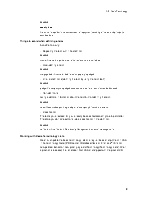
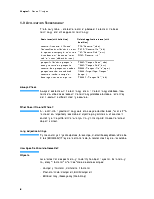


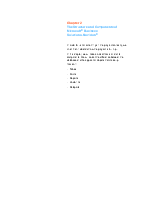

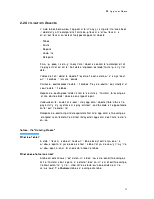
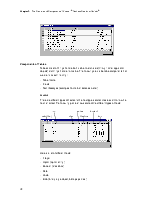
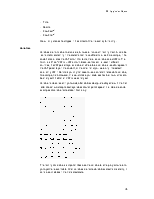
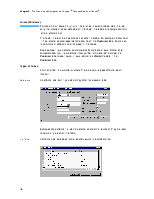
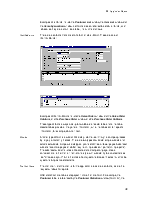
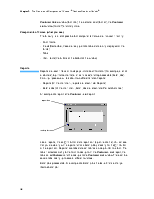
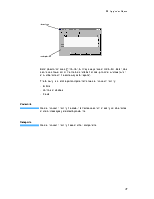


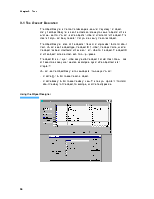
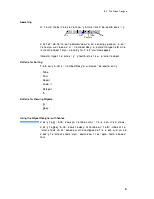
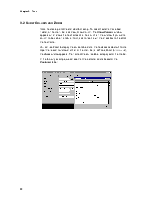
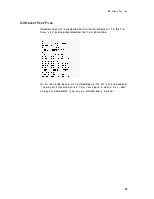
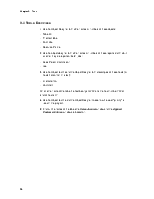
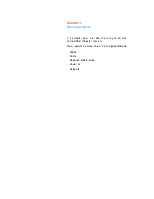


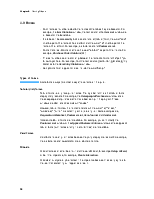
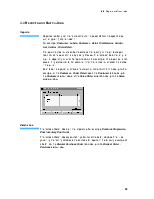

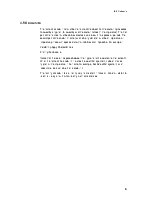
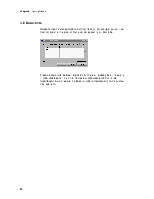
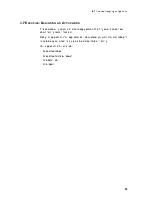




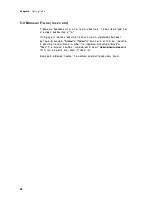


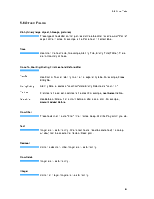
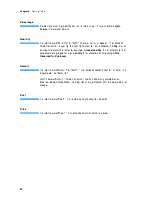

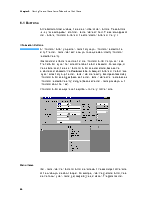
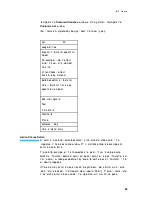
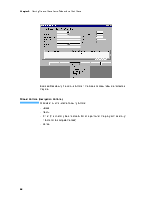

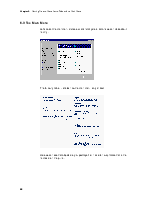
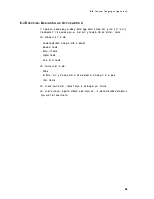


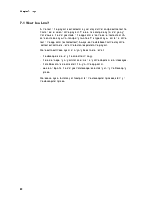
Abbreviations: Will we need to abbreviate the term? If so, is the abbreviation a standard US abbreviation? Is it consistent with abbreviations of the same term elsewhere in the program? Is the same abbreviation used for another term elsewhere in the program? (All new abbreviations must be checked in the terminology database.) Abbreviations are often added when you start working on application terminology because of the restrictions on the numbers of characters that can be used.
The following are some things to avoid:
· Translating directly: Direct translation from Danish (or another language) often results in an incorrect term.
· Making up terms: Always assume that there is an established term for a concept and try to find out what it is.
· British English: The British term for a concept is often different than the US term for the same concept.
![]() When you write a
terminology list, you should compose your definitions according to the
following guidelines:
When you write a
terminology list, you should compose your definitions according to the
following guidelines:
· A definition should be a single, simple sentence containing the characteristic features of the concept.
· The definition should be clear and adequate - no more and no less information than is necessary.
· Use clear words in the definition that are either of a general nature, familiar to the user or defined elsewhere in the terminology database.
· One concept - one term: give the term a unique identification.
· Do not include general terms that are not specific to the application area. If a term can be used in the same way and mean the same thing generally, then it doesn’t belong on a terminology list.
· Terms should be written in lowercase letters unless they are always capitalized (for example, Web or Internet).
· Style:
use Arial font size 12, with the definition in bold (see the following
example).
1.2 Basic Terminology
EXAMPLE annuity loan
A loan that is repaid with the same amount of repayment (consisting of interest and principal) at each due date.
Things to avoid when defining a term Avoid the following:
· Repeating the term within the definition
EXAMPLE
macro: A macro is a particular set of instructions that are carried out ....
· Over-defining a term
EXAMPLEmortgage debt: A name for debt for which property is pledged.
· Circular definitions (defining the term by using the term itself)
EXAMPLEpledge: If a company has pledged assets as collateral for a loan this must be disclosed...
· Non-definitions
Giving additional information about the term but not defining the term.
EXAMPLEnotes: Notes make up an integrated part of a company's financial statements.
· Classification
The terms you are describing will already be classified according to subject matter. Therefore you do not need to include a classification in the definition.
EXAMPLEnotification: A notification in Relationship Management is an e-mail message that is....
We should update the basic terminology lists on a regular basis and put them in VSS in the terminology folder (PD Document Database/Navision Financials®/Function Groups/User Education Group/Language and Terminology/Terminology Lists). When a product is released, the list is taken from VSS and shipped with the product CD.
The following table illustrates the relationship between the terms on the basic terminology list and the application terminology:
Basic term (with definition) Related application terms (with identifier)
customer: A customer in Microsoft T_18: "Customer" (table) Business
Уважаемый посетитель!
Чтобы распечатать файл, скачайте его (в формате Word).
Ссылка на скачивание - внизу страницы.